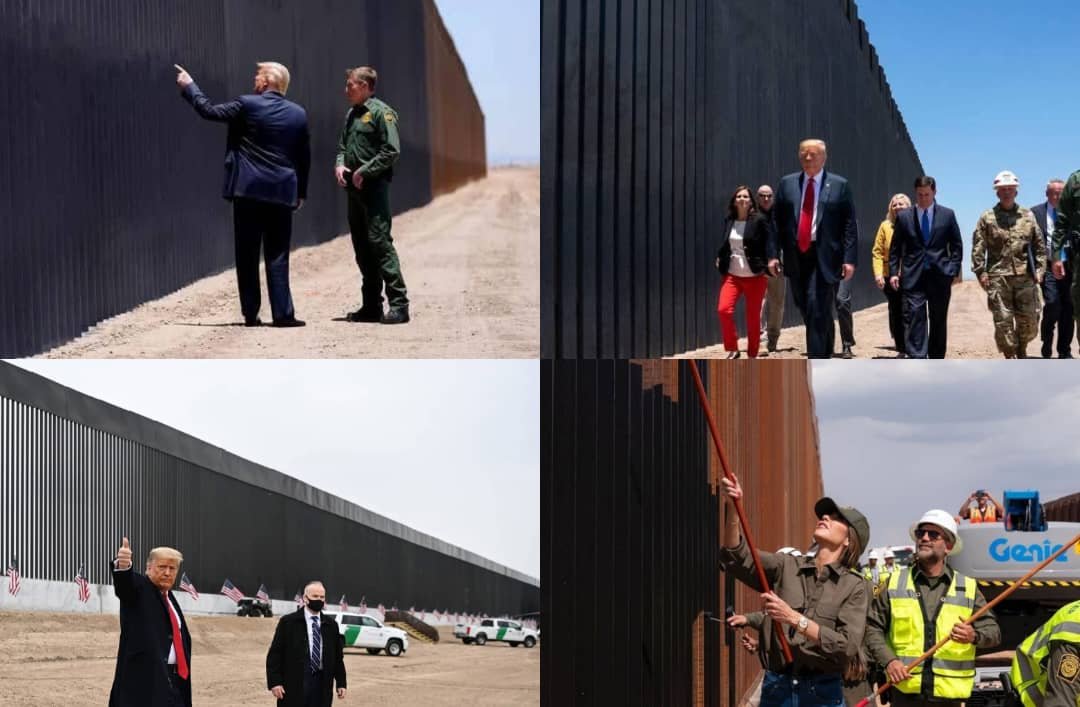Photo by Chenyu Guan
When I interviewed a Columbia University student about campus protests (“A Conversation With a Columbia University Undergraduate,”) CounterPunch, September 6, 2024), I had no idea that this citadel of higher education would turn into a subservient gofer for Donald Trump and his dictatorial administration. At stake was $400 million in federal funds to Columbia, but the story of Columbia kowtowing to power has a much longer history, decades longer, than the current debasement by Trump and rightwing political and economic forces.
Critics may complain about the economic piece of this two-part equation, but the reality on the ground is that Columbia is sensitive to its donor base and some of its donor base demands strict adherence to Zionism and a narrow definition of antisemitism. Criticism of Zionism in no way implies antisemitism for the majority of critics, especially Jewish critics like myself.
Columbia University agreed on Friday to overhaul its protest policies, security practices and Middle Eastern studies department in a remarkable concession to the Trump administration, which has refused to consider restoring $400 million in federal funds without major changes. (“Columbia Agrees to Trump’s Demands After Federal Funds are Stripped” New York Times, March 21, 2025).
Columbia University was and is repressive in its relationship with students both in the past and now, and recently with its relationship to both students and their faculty supporters during protests against the Israel-Gaza war (“Police Clear Building at Columbia and Arrest Dozens of Protestors” New York Times, April 30, 2024). During the antiwar movement of the late 1960s and early 1970s, students did not want guns brought onto the Columbia University campus and stored in an existing gym as part of its ROTC program.
Columbia’s students’ opposition to Columbia’s expansion on its property in Morningside Heights brought police onto the campus (“’Gym Crow’: Looking back on the 1968 Morningside Gym protests” Columbia Spectator, February 15, 2022). Columbia’s gentrification of Morningside Heights involved the removal, through campus expansion, of Black community members and others.
Columbia brought in over 1,000 police from the New York Police Department. While the 86 students in Hamilton Hall surrendered immediately to the police, protests associated with the Students for a Democratic Society, a mostly white organization, ended violently, with 700 students arrested and over 100 injured. The spring 1968 semester ended early due to the chaos. (Columbia Spectator, February 15, 2022).
The police presence at Columbia in the late 1960s, at the height of the Vietnam War, was repeated once again during protests against the Israel-Gaza war, this time by a militarized police force from the New York Police Department. The current repression of dissent seen at Columbia is reminiscent of the official crackdown by governments of now-defunct countries in Eastern Europe, China, and the similar crushing of dissent in places such as France in 1968. Repression of dissent is not new.
In 1971, my friend Ron and I rode the subway to the West Side of New York City and got off at Columbia University. Ron was a graduate student at New York University and I had also been a graduate student there. Ron had been accepted into a Ph.D. program at Columbia, and it was exciting to walk on the expansive campus near the classic Low Library and around the campus where some of the antiwar protests had taken place just three years earlier.
I returned to Columbia in 2010 to attend a business school graduation and Columbia seemed a staid place compared to 1971. The keynote speaker told of how as a CEO he had shed jobs to keep his company afloat in the US and seemed proud of his accomplishments.
After I interviewed the Columbia undergraduate mentioned above, I could not walk onto the campus at Columbia, as it was occupied by police following the protests against the Israel-Gaza war. One entrance from Broadway on the upper West Side was patrolled by NYPD police and Columbia security guards were everywhere with no easy access to the campus. These “snapshots” of Columbia University over time tell much about how freedom of movement and speech and protest have been harmed in the US and in New York City in particular over time.
The US has attempted to criminalize speech at Columbia University in the case of Mahmoud Khalil (“Columbia Activist in Detention Was Public Face of Protest Against Israel” (New York Times, March 10, 2025). Yunseo Chung, a Columbia University student, who is being actively hunted by ICE, is suing the government to prevent her deportation for taking part in pro-Palestinian demonstrations. Chung is a legal permanent resident who has lived in the US since she was 7 (“Columbia Student Hunted by ICE Sues to Prevent Deportation” New York Times, March 24, 2025).









